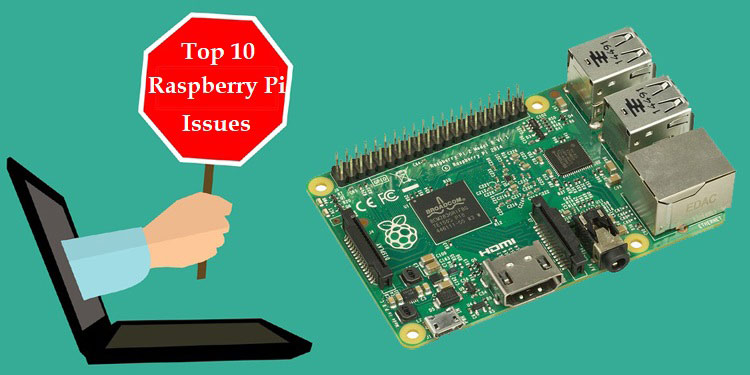

- How to check for all updates raspberry pi how to#
- How to check for all updates raspberry pi install#
- How to check for all updates raspberry pi download#
Next we set the CPU operating frequency ( arm_freq) from a maximum of 1.5 GHz to 1.75 GHz.įinding the highest stable settings that your Raspberry Pi 4 will handle involves bumping up the voltage and CPU operating frequency ( arm_freq) until it crashes. The default value is 0 and we set it to 2. This accepts values ranging between -16 and 8. Okay, what have we done? First, we set the over_voltage command which adjusts the core CPU/GPU voltage. Again, I don’t advise messing around with these values. It influences CPU performance because it drives the L2 cache and memory bus. The core_freq setting adjusts the frequency of the GPU processor. The gpu_freq oversees a range of settings: Which is why I don’t advise change this value. I’ve read that it is unlikely to maintain this speed for the long run. Any higher and my Pi’s failed to boot or slowed down due to overheating and under voltage issues. The default value is 500, and I’ve been able to set it as high as 750 without too many issues. While still within the nano editor for the config.txt file, you can also add the following variable: Otherwise, simply save the config.txt file by pressing CTRL + S then exit the Nano editor by pressing CTRL + X. But I personally advise going slow and ensuring that you have a stable Raspberry Pi by testing it thoroughly before attempting to use it in any type of production environment. Then uncomment the next line (# arm_freq=800) by removing the # symbol from the beginning and set the arm_freq value from 800 to 1750 as seen below.įeeling lucky? Perhaps you will want to also give overclocking the GPU a go. 700 MHz is the default.īelow that line, enter a new line with the following value:

Scroll down to the following comment section. This will open the nano file editor tool with the config.txt file loaded. To set the overclock settings on your Raspberry Pi 4 open a Terminal window and enter the following command.
How to check for all updates raspberry pi how to#
To ensure you are using the latest software follow my tutorial on how to update Raspberry Pi 4.Īfter updating and rebooting your Raspberry Pi lets move onto the dangerous and fun part. Tweaks to your Raspberry Pi’s performance are being published all the time and you may achieve even faster speeds with the latest software release. You can adjust the CPU (central processing unit) and GPU (graphics processing unit) clock settings within config.txt located within the main “ boot” directory.īegin by ensuring that you are running the latest version of your Raspberry Pi OS and software.

Overclocking your Raspberry Pi pushes more power to and sets a higher maximum speed for your CPU and other components. The Raspberry Pi 4 typically idles at around 600 MHz and jumps to the maximum default speed of 1.5 GHz as needed. Warning! Following the instructions within this article may lead to data loss and permanent damage of your Raspberry Pi 4.

This means that the processor updates at an impressive ( for its size) 1 and a half billion times per second! For the sake of curiosity, let’s see what happens when we supply it with more power and change the maximum clock speed.
How to check for all updates raspberry pi download#
In this case, the results can be devastating! If your Pi was backed up prior to the update, you should be good to go.įor those who missed the opportunity for a thorough backup, you'll need to download the latest version of RetroPie for a fresh installation.įor more official information on the RetroPie update menu and features, visit the RetroPie GitHub repository for more RetroPie update information.The Raspberry Pi 4 comes equipped with an ARM Cortex-A72 CPU operating at a maximum clock speed of 1.5 GHz. RetroPie is not functional after updating The going recommendation is to download the latest version of RetroPie for reinstallation instead of updating through the UI. This is a reported problem among the community. If the problem persists, you may have to update your Pi manually with the latest RetroPie version. Verify your Pi is having no issues connecting to the internet. This can sometimes happen with poor internet connections.
How to check for all updates raspberry pi install#
If the issue seems unrelated to network issues, you may need to manually install the latest version of RetroPie from scratch. If you do have network connection, double check to see if you're able to reach the internet. If the RetroPie is refusing to start the update, verify you have a connection to your network. These are some of the most common issues to come with updating RetroPie. Updating, while often with good intentions, can sometimes leave us with a few problems.


 0 kommentar(er)
0 kommentar(er)
